Monitoring heart failure: the beating heart of good healthcare
Published on 09/01/2020 in Customer Stories
Fifty heart patients at CHU de Charleroi are using an app to monitor their health. A pilot project at the hospital. “Thanks to distance monitoring we spot danger faster,” says cardiologist Elke De Vuyst.
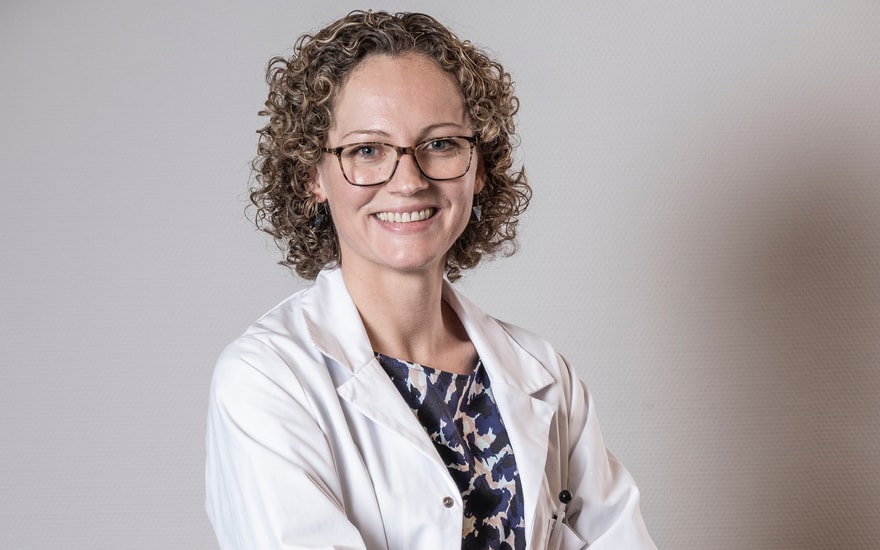
Heart failure occurs when the heart is no longer able to pump sufficient blood around the body. Typical symptoms are dyspnea or shortness of breath, fluid in the lungs and swollen ankles. Patients tire more quickly and are incapable of strenuous physical exertion. This is a fairly frequent complaint. An estimated 200,000 patients suffer from a form of heart failure in Belgium.
Do you want to start up an IoT project, too?
Download the starter’s guideHeart failure
Upwards of 15,000 additional patients suffer heart failure in Belgium every year. One in two of these new patients passes away within the year. The average patient is 79 years old.
Dr. Elke De Vuyst, cardiologist at the ISPPC CHU hospital de Charleroi: “It looks as if this group is only going to increase in the future. This is related, among other things, to the ageing of the population and the accompanying ailments, such as diabetes, high blood pressure and obesity. Distance monitoring enables us to follow patients better. First and foremost, that is good for the patients themselves. The risk of death with heart failure is high. By acting in time, we can avoid premature death.”
How can we improve the care provided to patients suffering heart failure and what role does technology play here?
Dr. Elke De Vuyst: “On the one hand, we need to reorganize the care provided. I advocate setting up a heart failure clinic that focuses specifically on this problem, supported among other things by specialized nursing staff.”
“In addition, there is also a need for good patient follow-up in their home environment. This is where technology provides significant added value. Via distance monitoring, the doctor can observe the patient very carefully without the need for the patient to go to the hospital. Technology greatly improves efficiency here. At the same time, it is a way of involving the patient more.”
The use of apps is in line with the trend towards more preventive care with multidisciplinary support.
Dr. Elke De Vuyst, cardiologist at the ISPPC CHU de Charleroi
Daily follow-up
How exactly does heart failure monitoring work?
Dr. Elke De Vuyst: “All the patient needs is a smartphone, a weight scale, a blood pressure monitor and a saturation monitor to measure the oxygen level in the blood. These are known as connected devices. In practical terms, the patient logs in to an app which automatically records his weight, blood pressure and saturation level. The app sends the data to the hospital through a secure channel, where they are added to the patient’s medical file. The cardiologist and the nursing staff check the data they receive every day.”
“If one of the values exceeds a specific level, the system generates an alarm. For example, if the patient’s weight increases over a short period, this may indicate an accumulation of fluid in the lungs. In that case, the doctor contacts the patient to assess the situation and pass on instructions.”
“So the patient does not always need to come to the hospital straight away. By intervening quickly, the doctor may be able to avoid hospital admission. In the past, patients noted the values measured in a little book that they brought along to their hospital appointments. The doctor would see the measurements and potential complications much later. Now we can take action immediately.”
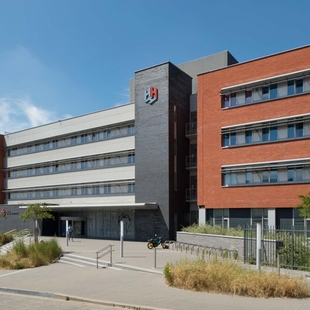
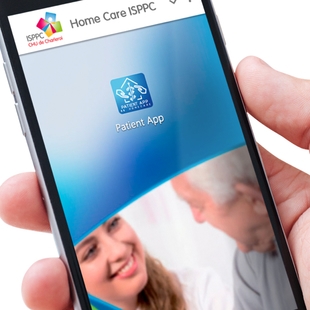
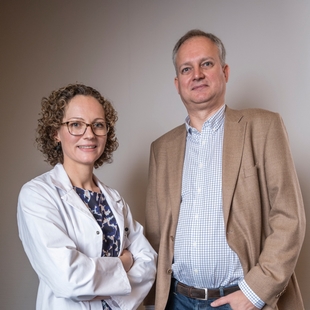
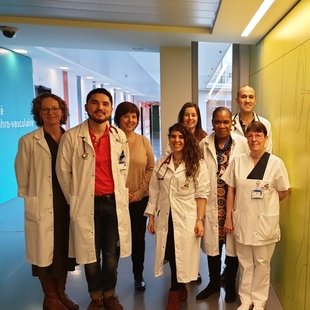
What role does Proximus play in the project?
Frédéric Helding, Business Development Manager Digital Transformation Healthcare at Proximus: “Proximus has taken the lead to design, develop, and operate a heart disease monitoring solution for CHU de Charleroi. The 3S Homecare app of Intersysto has been selected to provide the patient with the best experience and feature set.
Combined with our API solutions used at the heart of our ‘digital care hub’, but also with our transport networks, and secure data transfer capabilities. The data entered by patients is encrypted throughout the procedure. It’s made available to the hospital’s cardiology team through our APIs, in a secure and reliable way.”
Accessible
What are the patients’ experiences with the app? What are their first reactions?
Dr. Elke De Vuyst: “They feel safer, even when the doctor contacts them. They know that there is a whole team behind them. If they don’t send any data through for two days, they receive a text message to remind them about the monitoring. All in all this is a very accessible way of working. The patients who are taking part in the test are already very motivated.”
The project is part of a broader digital care process. What are the other possibilities?
Dr. Elke De Vuyst: “The telemonitoring principle can be applied to virtually all chronic diseases. Just think of monitoring the blood sugar levels of patients with diabetes, following up cancer patients, monitoring kidney patients, etc. Various projects involving telemonitoring and the use of apps are underway in the Belgian health care system. Our hospital is making preparations, not just for the monitoring, but also for the legislative framework and possible future reimbursement.”
All the patient needs is a smartphone, a weight scale, a blood pressure monitor and a saturation monitor to measure the oxygen level in the blood.
Dr. Elke De Vuyst, cardiologist at the ISPPC CHU de Charleroi
Preventive and multidisciplinary care
What impact does the app have on the role of the doctor?
Dr. Elke De Vuyst: “Patient empowerment is on everyone’s lips in healthcare circles nowadays: patients must have the opportunity to take more responsibility for their own health care. Telemonitoring is one solution. But there is of course still a need for direct contact between patient and doctor, for instance to carry out physical examinations. So the context remains the same: the doctor is the adviser. It’s just, in the future, this doctor may increasingly prescribe an app.”
“The use of apps is in line with the trend towards more preventive care with multidisciplinary support. The threat of a shortage of doctors and nurses is looming, so there is automatically more pressure on care providers. In this context, too, distance monitoring can play an important role.”
Hospitals in Belgium are deploying technology to the full, with the help of drones.
Find out howThe Intercommunale de Santé Publique du Pays de Charleroi (ISPPC) is a group that includes the Centre Hospitalier Universitaire (CHU) hospital center in Charleroi, various general hospitals, care homes, crèches and children’s and youth centers.
One
One magazine is the Proximus B2B magazine for CIOs and IT professionals in large and medium-sized organisations.